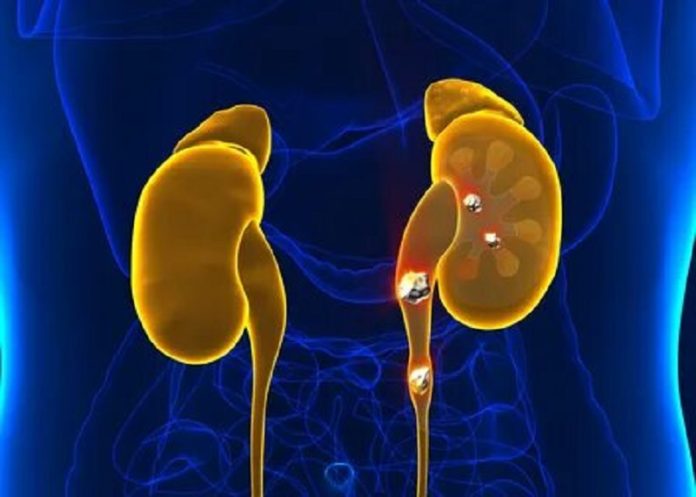Kidney pain is a result of many urinary tract problems and a kidney stone is one of them. Well, kidney stones cause severe pain that can lead to cramps. Kidney stones happen when your urine begins to contain a high level of minerals, and other substances. These minerals and substances can include uric acid, oxalate, and calcium. They come together to make crystals that join to make a stone.
The best urologists in Islamabad say that kidney stones can be any size, it might be a tiny stone like a sand grain. Such stones in kidneys usually do not show any symptoms and pass on their own. But the problems begin when you have a big size stone in your kidneys.
Big size kidney stones block the way and do not allow the urine to pass. Such conditions cause severe pain cramps. There are different risk factors that contribute to making kidney stones. Sometimes, a person in your family might have had a kidney stone that increases the chances that you can get one too.
Here are some types of kidney stones you should learn about.
Different substances make kidney stones that have different causes.
Urologists say that it is important to find the type of stone you have in your kidney. When you diagnose the cause of the kidney stone, it will be easy for you to slow down the process of kidney stone formation.
Passing stone through urine is beneficial for your health but you can send it to the lab to find the kind.
Here are some kinds of kidney stones that you need to know.
- Calcium stones
Most kidney stones are made up of calcium that has two further categories, including calcium oxalate and calcium phosphate.
- Calcium Phosphate
People who are living with some kind of metabolic problems are more likely to have calcium phosphate. Renal tubular acidosis is a condition that does not allow your kidneys to maintain the acid balance in your blood. People who take migraine medicines are also at high risk of getting calcium phosphate kidney stones.
- Calcium oxalate
Studies say that oxalate is the substance that is produced by your liver. This substance is found in fruits and vegetables, including chocolates and nuts. When you eat such foods, your body absorbs this substance. A high dose of vitamin D can also increase the calcium concentration in your urine. The other reasons for this kind of kidney stone are intestinal bypass surgery and other metabolic disorders.
- Cystine stones
Cystine stone is the rare type of kidney stone that occurs when your kidneys lead an amount of amino acid. It is also referred to as cystine urine. Cystinuria is a genetic disorder that also leads to the formation of cystine stones.
- Uric acid stones
Chronic diarrhea or malabsorption leads to fluid loss. This condition can also occur when you eat a diet that is high in proteins or suffering from different health conditions, including metabolic syndrome or diabetes. Some genetic factors also increase the chance of having uric acid stones.
- Struvite stones
Urinary tract infection is the main cause of the Struvite stones. This infection is caused by bacteria that make ammonia buildup in your urine. It results in stones formation that can become big in size if left untreated.
Risk Factors of Kidney Stones
Kidney stones count on the different risk factors as there is not only one reason that results in kidney stones. It’s time to throw some light on the risk factors of kidney stones.
- When you drink less water
Experts say that it is the need of your body to make enough pee to dilute the things that can build up and cause kidney stones.
- When you go with Poor nutrition
Certain foods are also responsible for forming stones in the kidneys. Avoid high-oxalate foods, such as grits, bran cereal, spinach, rhubarb, etc.
- When you have too much acid in your urine
Eating too much red meat and shellfish can make uric acid that may lead to kidney stones.
Final Thought
Gut problems and obesity are also risk factors that can cause kidney stones. Drink enough water and add physical activity to your daily routine to minimize the risk.







